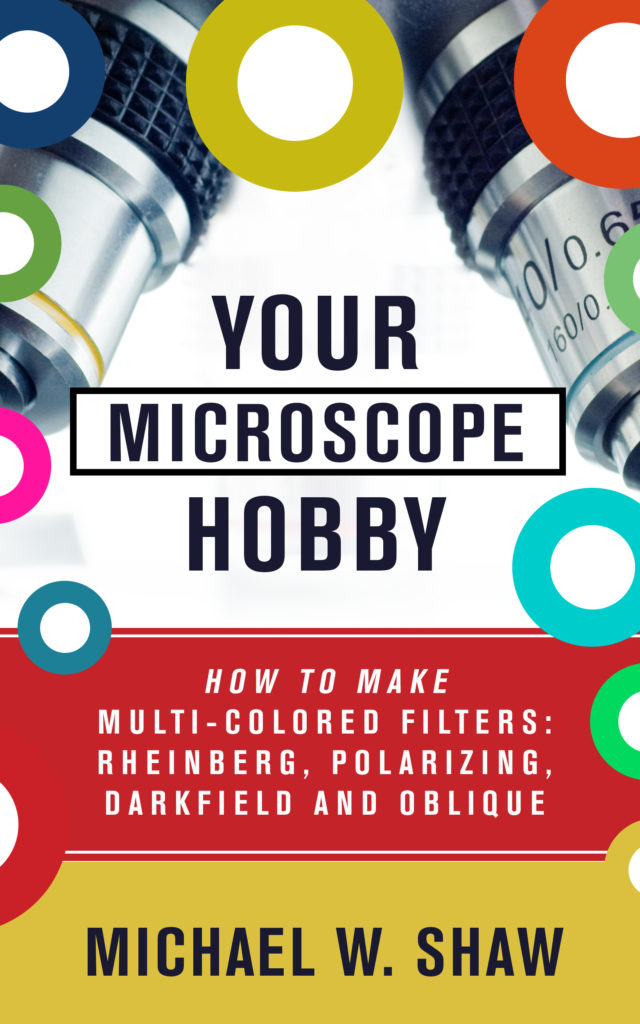Feeling up to the challenge of making your own Microscope filters?
My book won’t simply tell you how Rheinberg works, and merely give you a
couple of hints about making these very special filters. This is the ultimate reference book for making Rheinberg Filters.
| My book shows you how to do this! How to make center stops and annulus rings to give you many color combinations. Look at these salt crystals. |
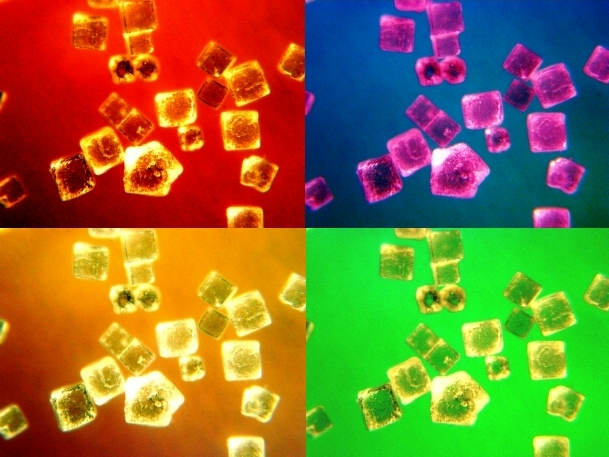 |
| I’ll show you how to make bi-colored annulus rings. |
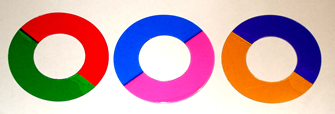 |
| And you’ll be able to make four colored annulus rings, or overlay bi-colored ones to get these combinations. |
 |
I’m offering to you all of my secrets-
my suppliers of materials, the tools I use, time saving techniques, ways to market your filters, and more.
This is a handbook and a start -up business manual as well.
My book not only teaches you how to make filters, but how to set
up an E-Business, and I show you how to build a website, and run a profitable home based business.
This is how it was possible for me over ten years to make filters for universities around the world, for the Mayo Clinic, for professors, industrial scientists, hospital researchers, doctors and veterinarians on every continent, and for amateurs of course as well. I have made thousands of dollars by supplying these unique filters.
My book is loaded with dozens of color photographs
and diagrams explaining every point, every nuance of this art.
| You’ll learn how to get stunning results like these. Learn to make a black center stop which gives you a Darkfield effect, as in this Vorticella. |
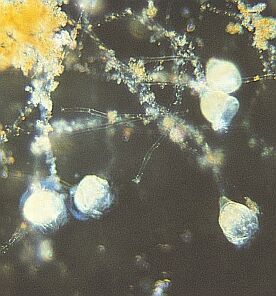 |
| Learn to make center stops in green, as used for this Daphnia photo. |
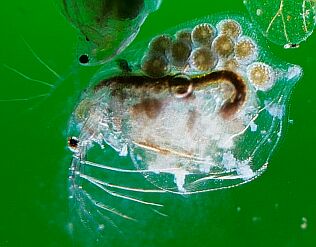 |
| Here’s a violet centerstop and a yellow annulus ring from an arsenal of dozens of colors you will have at your fingertips. Your hydra comes to life. |
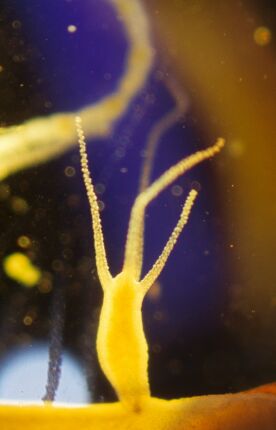 |
| I’ll show you where you can get materials for hundreds of colors of annulus rings, some materials for under $10.00, and many materials for free, being thrown away as scrap by certain commercial firms or given away as free samples. |
 |
| This is a set of Annulus rings. These rings give color to the specimen only – not the background. |
 |
| This is a set of Center Stop filters. These rings give color to the background only – not the specimen. |
Did you know that there is a kitchen utensil that is perfect for making Rheinberg center stops? Certain school supplies available in an office supply store can easily be used to make Rheinberg filters.
Did you know that one of the best materials for making high quality Darkfield filters is probably in your basement or garage right now? Check your toolbox for this common item.
You will be able to see all my resources, references, and suppliers on the internet. I name them all, and tell you where to buy or scavenge the good stuff. A caliper is important in this process, so I show you an expensive electronic one and also the one you can buy for a dollar.
Included is a Bonus Section where I show you how to build a beautiful wooden filter case. I built and sold two of these cases for over $100.00 each. Step by step instructions and photos show you how.

You also get instructions loaded with pictures on how to make a microscope camera adapter from PVC plumbing parts.

And yes, of course, I’m also including bonus material on making Oblique Illumination filters (DIY/DIC). These filters give your specimens a 3D effect that normally could only be achieved with a very expensive Differential Interference Contrast microscope.


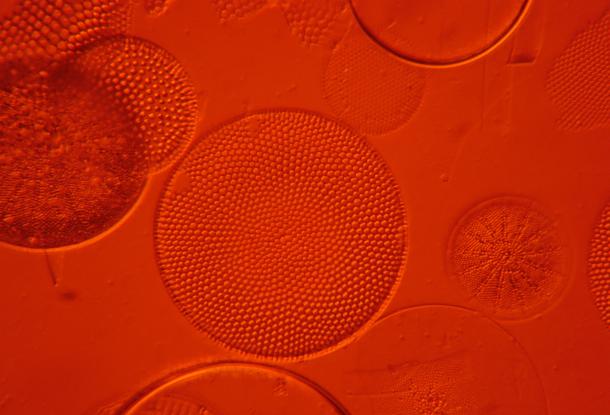 |
| Here is another example of Diatoms using an oblique illumination filter. I used a red centerstop Rheinberg filter and a DIY-DIC filter. These filters are experimental, and allow only a tiny part of the light beam to hit your specimen at an angle. the result is a 3D effect. |
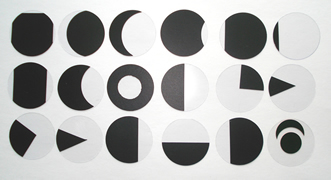 |
| Above is a typical set of experimental DIY/DIC filters I show you how to make these filters and how they work. |
I’ll also show you how to make plant press, for preserving leaves and flowers, and there is even a quick guide to building an objective lens holder.

And I’m going to tell you how to sell your photographs on-line, and in fact, how to sell anything on the internet. And while I’m on the subject of micro-photography (called photomicrography by the pros), I reveal the three professional secrets of good landscape photography. It’s all in the Bonus Section of my book.
Why did I write this book?
Frankly, I’m getting on in years, and I don’t have the kind of time I used to have for making and selling filters. I’m kind of hoping someone else out there might be as dedicated and skilled as I have tried to be, and maybe this book will inspire someone to take over making Rheinberg Fitlers for the world.
Remember – NO ONE CAN BUY RHEINBERG FILTERS COMMERCIALLY. They must be made to order for each type of microscope-condenser-objective combination.
But maybe you are just curious. You may not want to sell filters. Maybe you just want to make a set for you own microscope. Then this book is perfect for you.
Imagine yourself showing up at your microscope group or club and sharing your knowledge, even giving some filters to your friends as gifts.
I made this book is affordable for most people compared to the price of a set of my custom made filters. And compared to a college textbook on the subject, this book would be a tenth the price.
I recommend that your first buy the full color Kindle version, and if you like it – then get the paperback (which is in black and white due to printing costs) and keep it on your desk or workshop table as a reference manual.
There’s a saying. No one ever really pays the price of a book, only the price of printing it.
Your Microscope Hobby is all about making Rheinberg filters which allow you to add brilliant contrasting colors to your microscope viewing and photography in a very inexpensive way. Also covered topics include polarization and oblique filter making, as well as other microscope projects.
